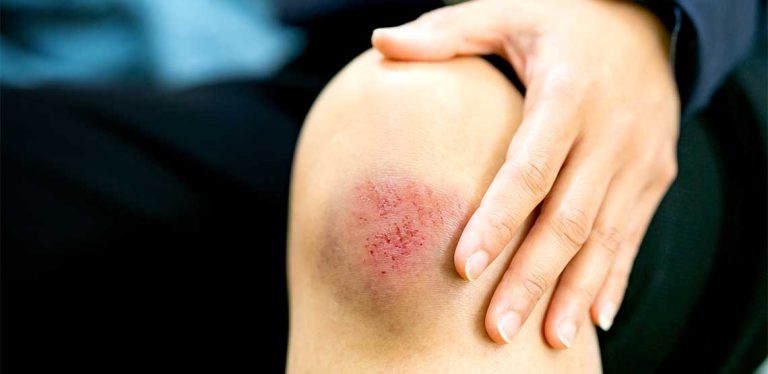How to Prevent Gallstones
The gallbladder is a small, pear-shaped organ that holds bile, which is released into your small intestine. Gallstones are known to sometimes form in the gallbladder as hardened deposits of digestive fluid. Gallstones come in different sizes; some could be very small and some large. In this article, we will discuss how to prevent gallstones and what causes them.
What to Know About Gallstones
Gallstones are common, and reports show women are more likely to get them, especially women who have had children or are overweight. Gallstones can give rise to a variety of symptoms and gallbladder removal surgery is usually required, but in the absence of symptoms, there might be no need for treatment.
What Causes Gallstones?
Generally, gallstones form due to an imbalance in the chemical make-up of bile inside the gallbladder—a substance produced by the liver to aid digestion. The following might contribute to an imbalance:
- Presence of too much cholesterol in the bile: The chemicals contained in the bile help dissolve cholesterol excreted by the liver. However, in the case where the liver excretes more cholesterol than the bile can dissolve, the excess cholesterol may form into crystals, and eventually into stones.
- Presence of excess bilirubin in the bile: Bilirubin is a chemical produced when your body breaks down red blood cells. Excess bilirubin in the bile (caused by certain conditions, such as liver cirrhosis, biliary tract infections, and certain blood disorders) can contribute to the formation of gallstones.
- Your gallbladder does not empty correctly: There is possibility for the formation of gallstones when the bile is highly concentrated because the gallbladder does not empty completely or often enough.
Who’s at Risk?
- Females, especially those who have children or are undergoing high-dose estrogen therapy
- People aged 40 years or older
- People with specific conditions, such as cirrhosis, primary sclerosing cholangitis, or obstetric cholestasis that affects the flow of bile
- People with a close family member who also had gallstones
- Being overweight
- People suffering from irritable bowel syndrome (IBS)
- People who have recently lost weight from dieting
Related Search Topics (Ads)
Signs and Symptoms
Gallstones can lead to pain in the upper right abdomen, which mostly occurs whenever you eat foods high in fat, such as fried foods. The pain does not usually last more than a few hours, and sometimes gallstones may not cause any signs or symptoms.
In serious cases where the gallstone lodges in a duct and causes a blockage, there may be resulting signs and symptoms such as:
- Sharp and rapidly intensifying pain in the upper right portion and center of your abdomen (below your breastbone)
- Back pain between your shoulder blades
- Pain in your right shoulder
- Stomach pain
- Burping
- Nausea or vomiting
- Indigestion
- Dark urine
- Clay-colored stools
- Diarrhea
Treating and Managing Gallstones
Treatment might not be necessary in cases where the gallstones are not causing any symptoms. However, if the gallstones cause persistent pain, then they have to be removed. This can be done in several ways:
Surgery
A simple operation can be carried out with all the gallstones contained in the gallbladder. This operation involves removing the gallbladder and the stones within it. It is usually carried out via a keyhole surgery, a procedure from which the patient will recover within just a day or two.
Endoscopic Retrograde Cholangio-Pancreatography (ERCP)
This procedure involves the combination of an x-ray and an endoscope for the diagnosis and treatment of problems in the liver, gallbladder, bile ducts, and pancreas.
The endocope is passed through your mouth and throat, then down the esophagus, stomach, and into the first part of the small intestine (duodenum).
After a thorough check, the doctor will then pass a tube through the scope and inject a dye which highlights the organs on an x-ray. If there is the presence of a stone in the duct, it can either be removed or you can allow it to pass out naturally, depending on the size. On the other hand, small drainage tubes called stents may be inserted around the stones to allow the bile to flow freely again.
Shock Waves
In few cases, gallstones can be broken up by using shock waves.
Gall Bladder Removal
Although the gall bladder is useful to the body, its removal can be managed. In cases where the gallbladder has to be a removed completely, the process is carried out through an operation known as cholecystectomy. This operation usually does not cause any problems for those who undergo it.
How to Prevent Gallstones: Techniques to Try
Gradual Weight Loss
Medical experts advise that gallstones are best prevented through weight control. On the other hand, crash diets and rapid weight loss may increase the levels of cholesterol in the bile, which may lead to higher chances of developing cholesterol gallstones.
Healthy Eating
The kinds of food you eat could be helpful in reducing gallbladder disease. Health experts recommend eating a balanced mix of plant-based foods, such as nuts, fruits, vegetables, and fiber. Foods with mono- or poly-unsaturated fats, such as grains and consuming little to no red meat, can lower your risk of gallstone disease too.
Exercise
When it comes to knowing how to prevent gallstones, exercise can help. Regular physical activity of at least 150 minutes per week can improve health outcomes and prevent weight gain.
Preventative Medication
People with a high risk of gallstone disease, such as those undergoing weight loss surgery, can use drugs such as ursodiol (Actigall or Urso) to prevent gallstone formation by dissolving them. Statins, or cholesterol-lowering medicines, such as orlistat (Alli or Xenical), can also reduce the incidence of gallstone disease by reducing bile acids, which can contribute to gallstone formation.

